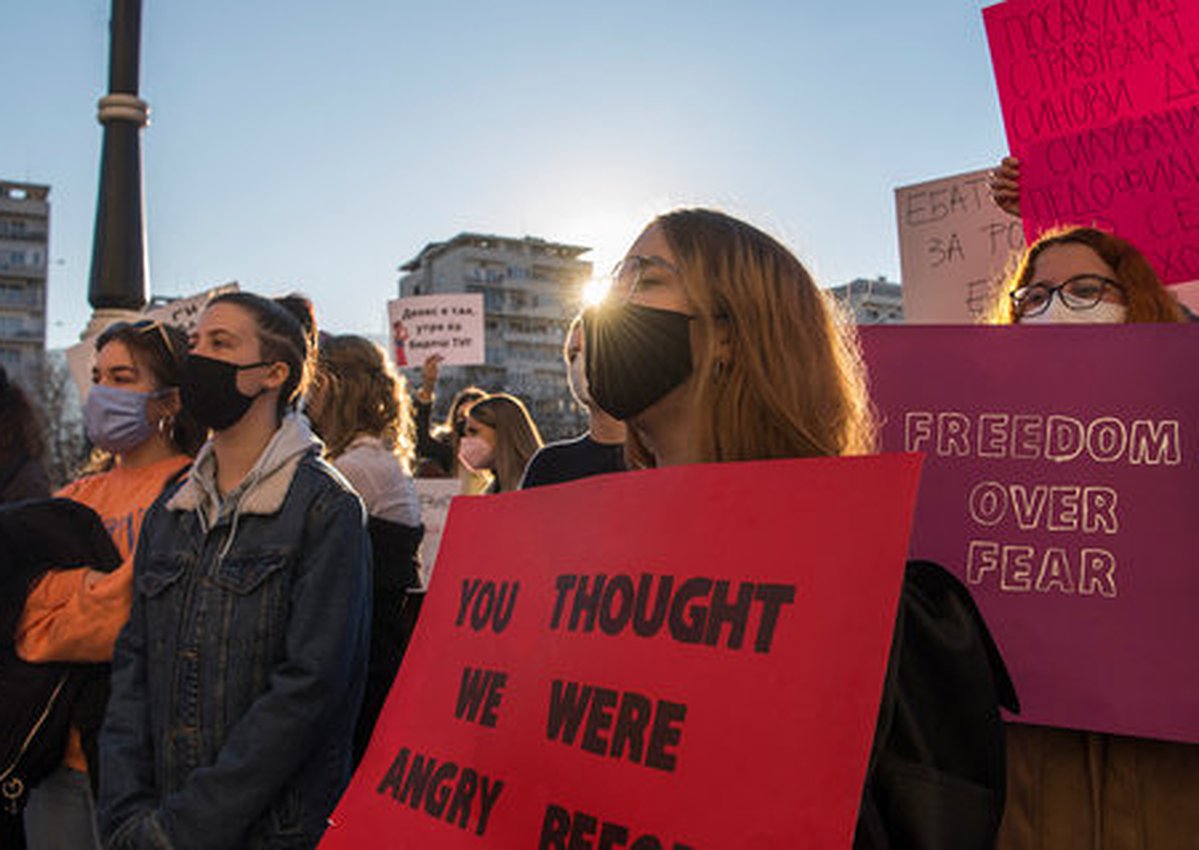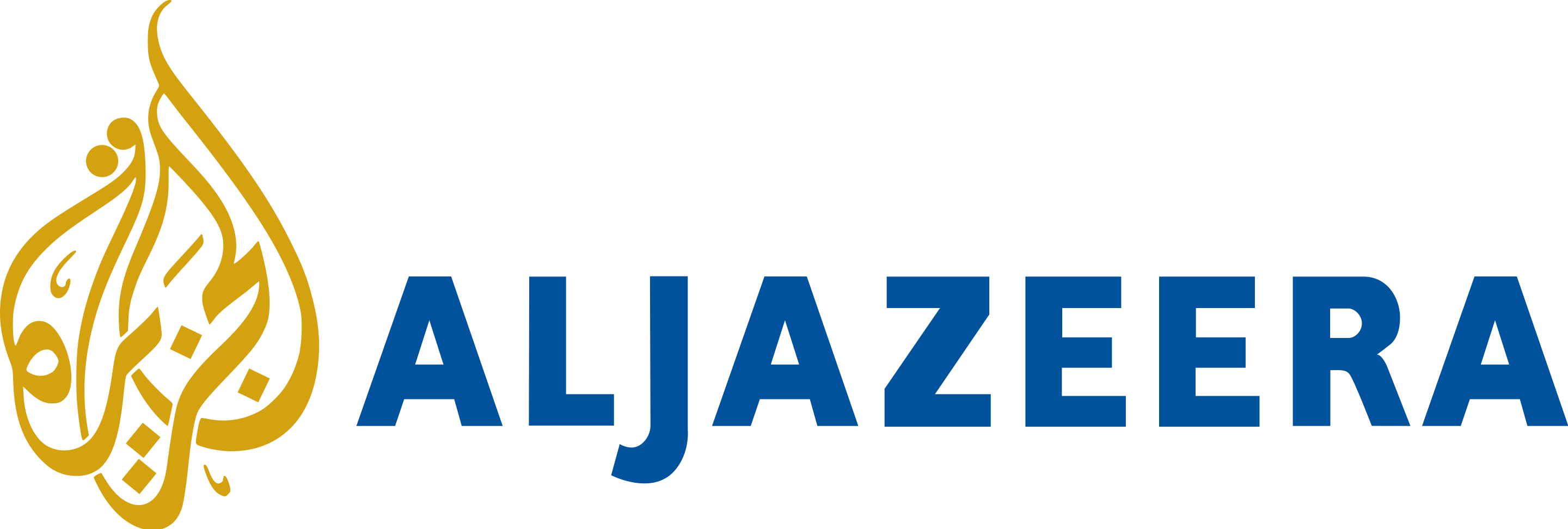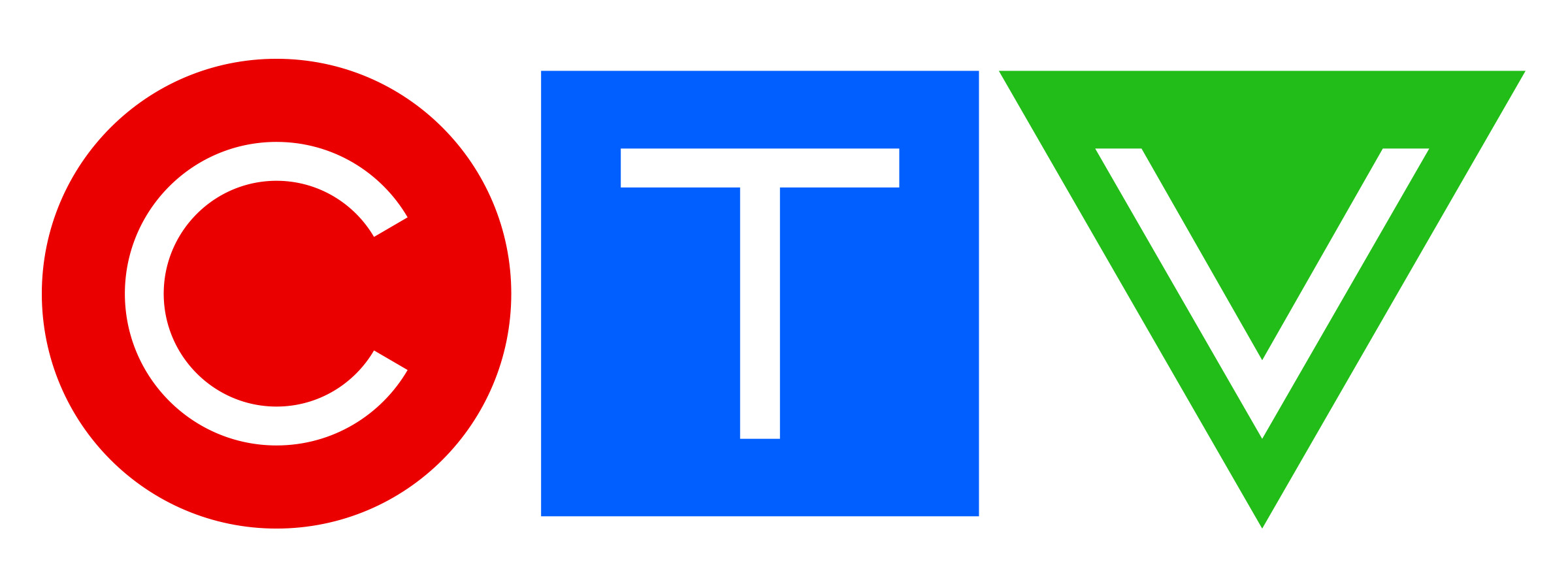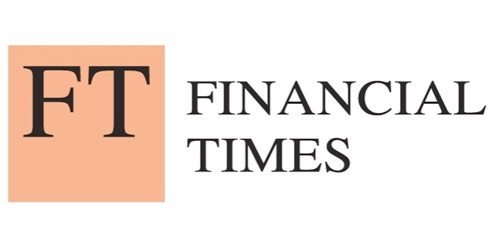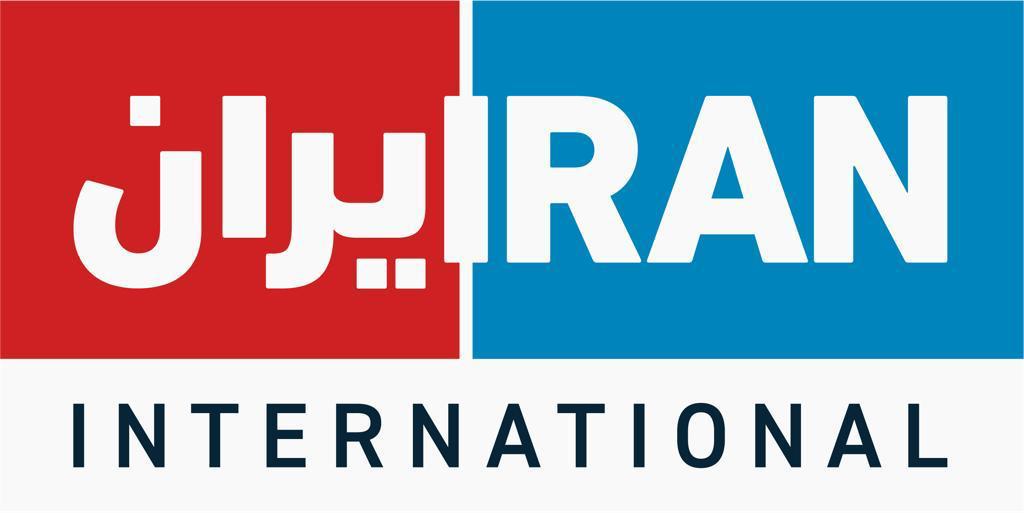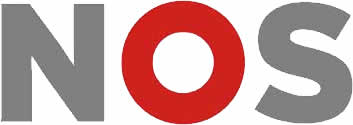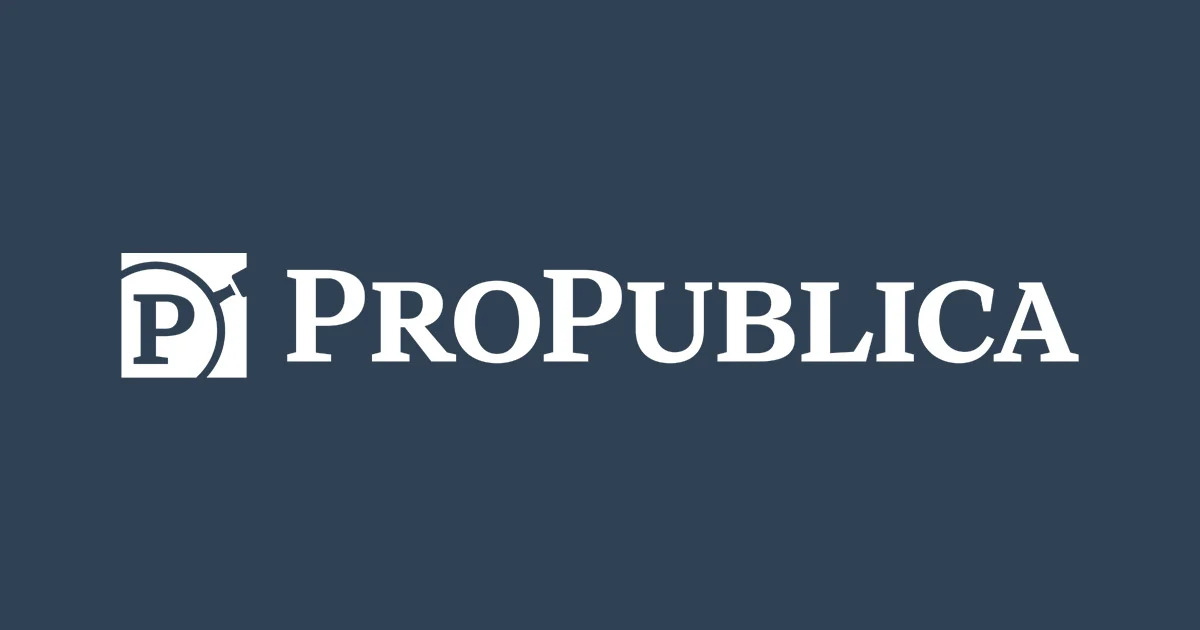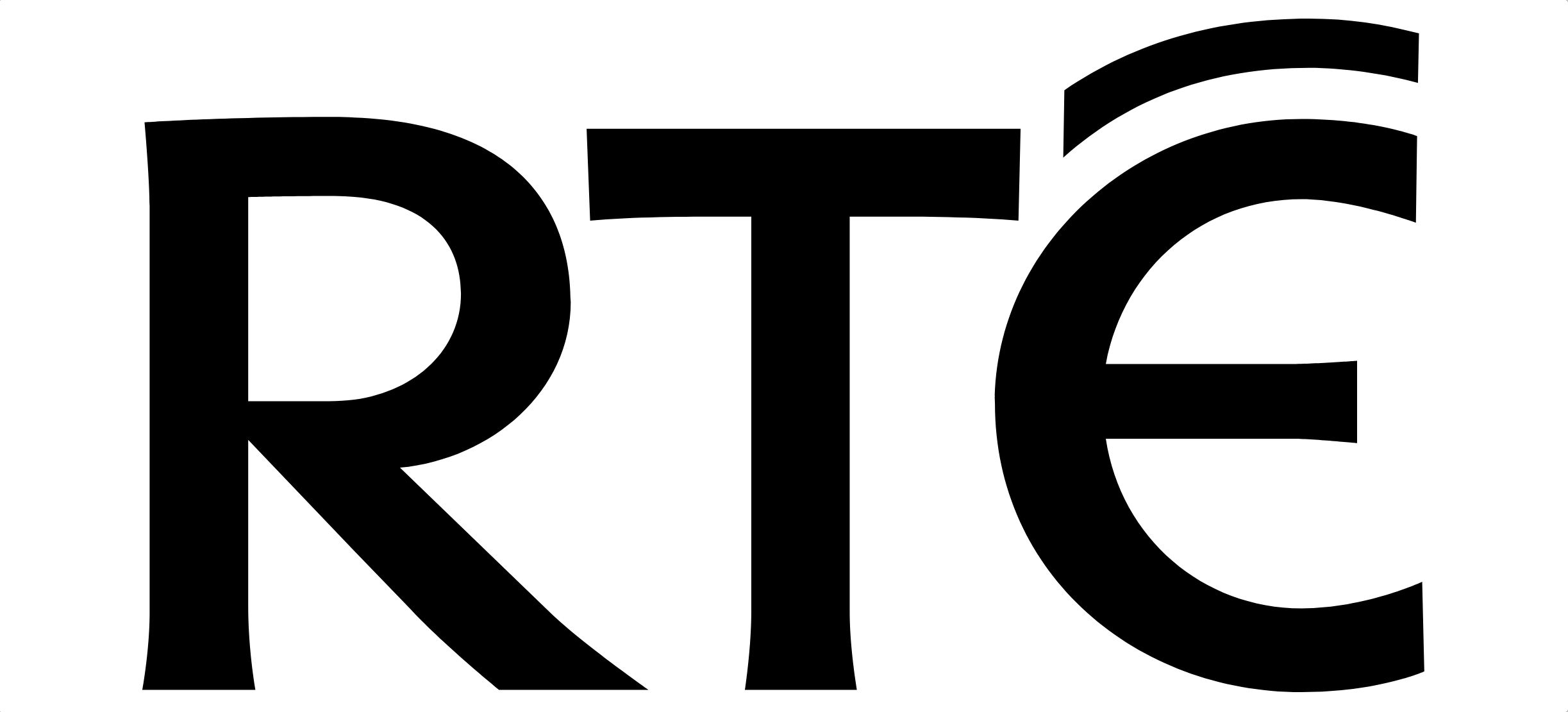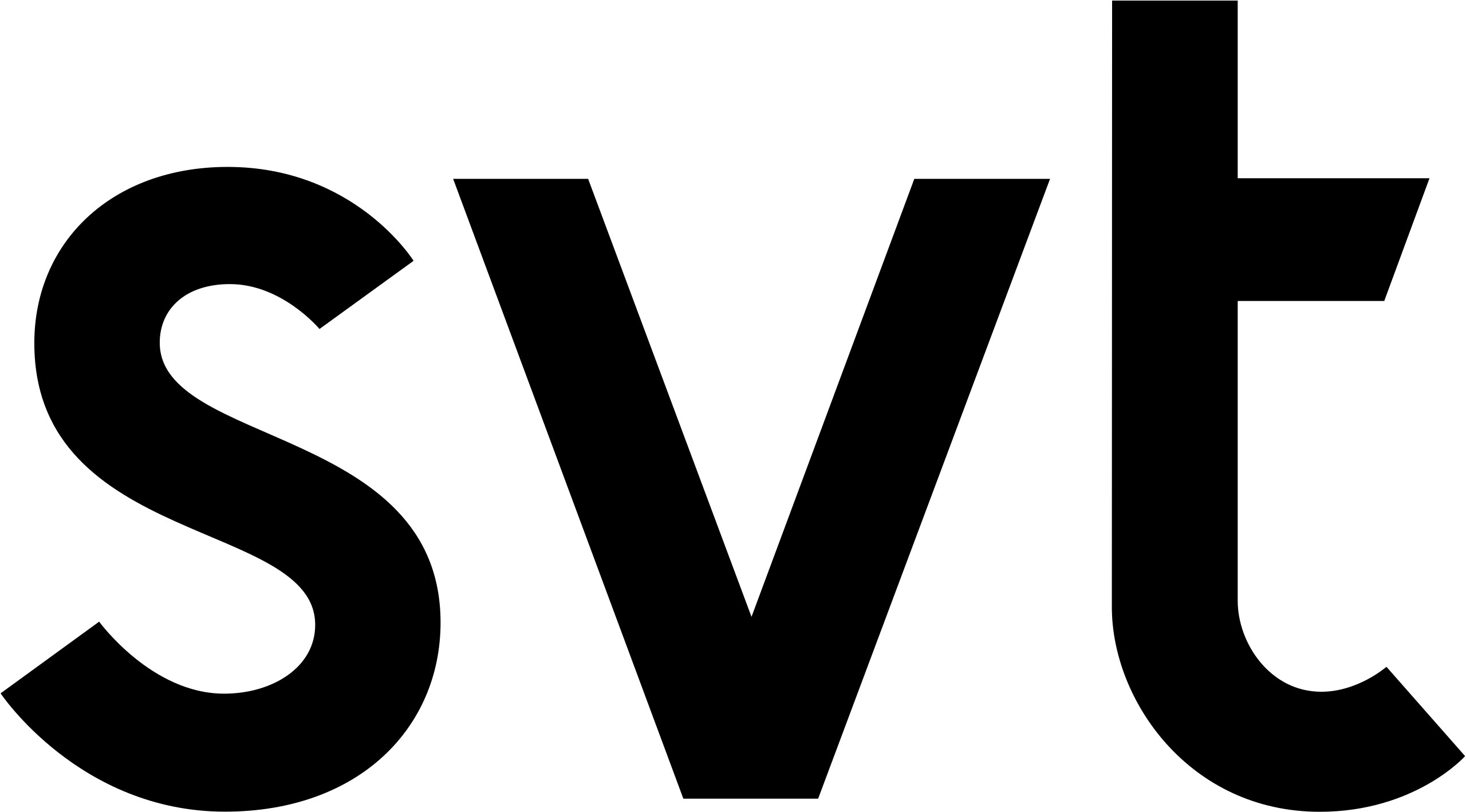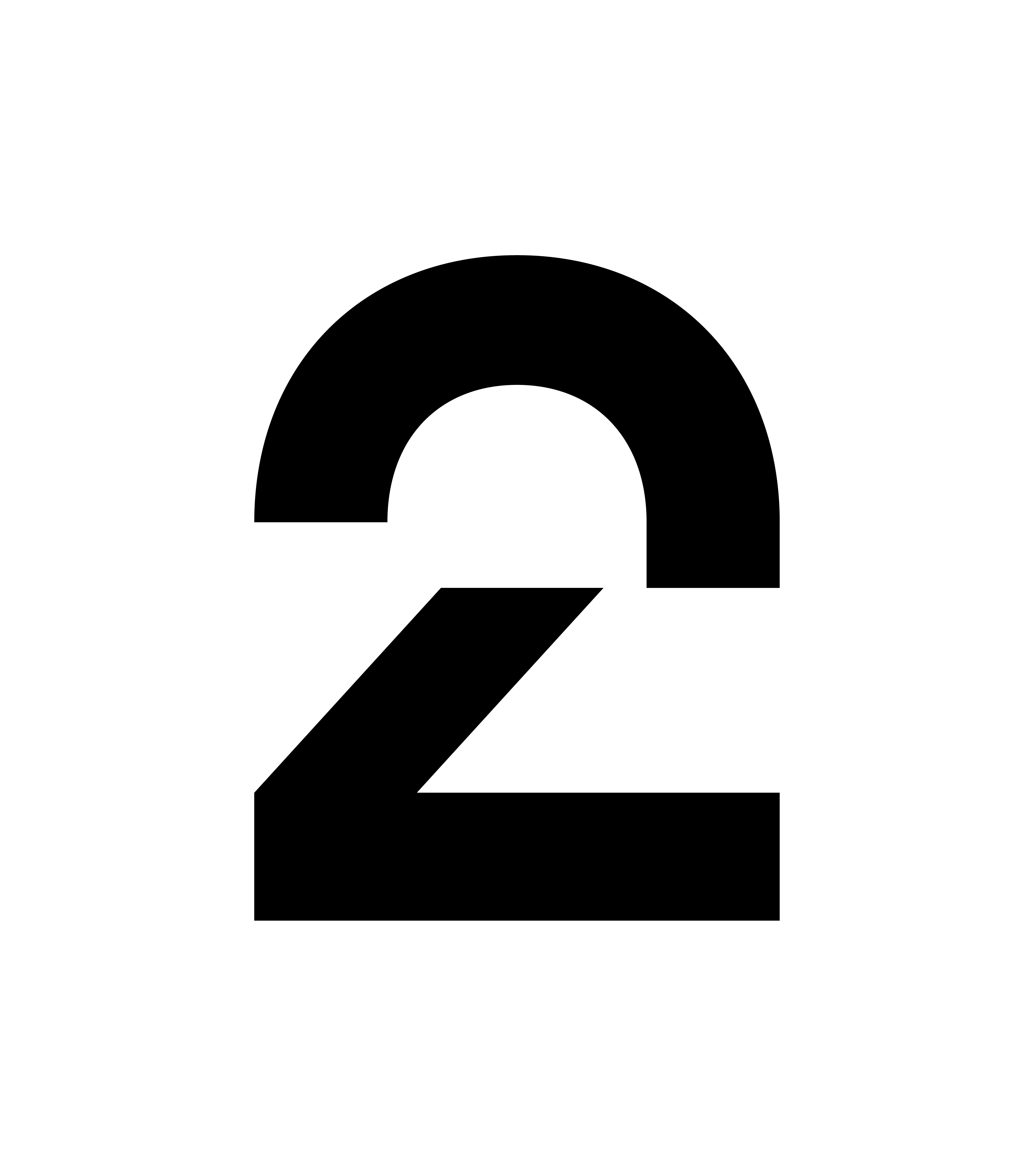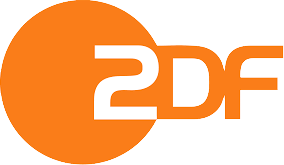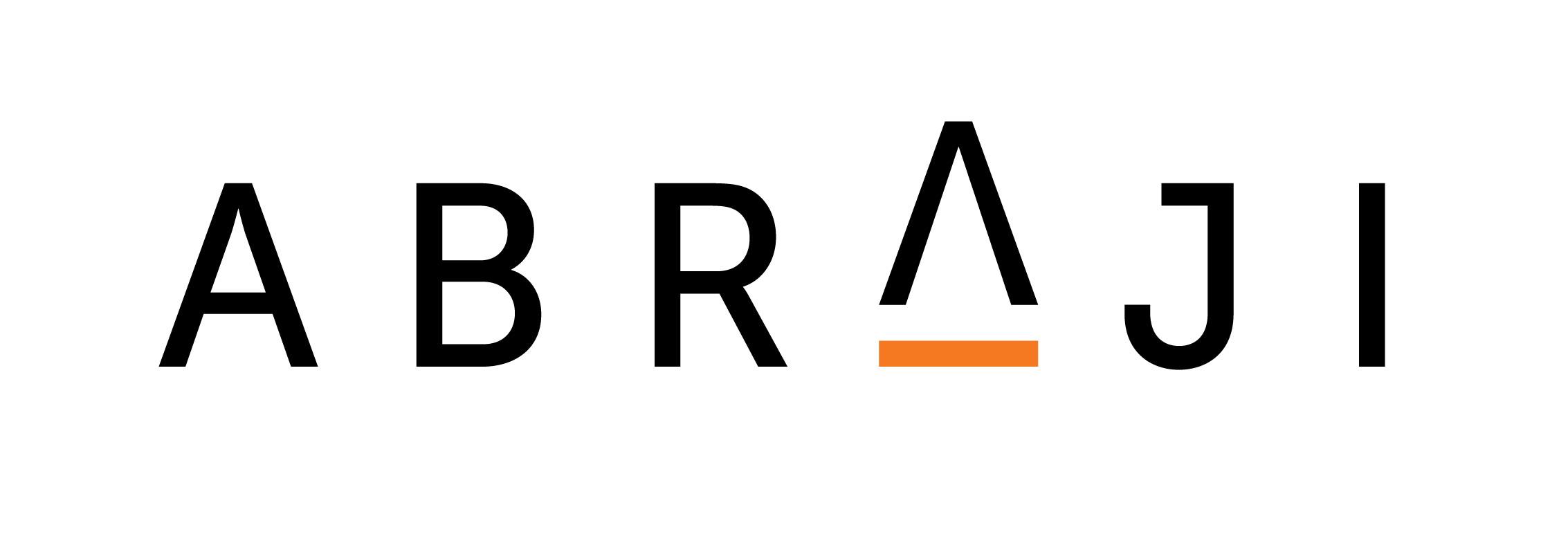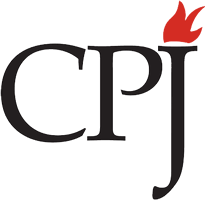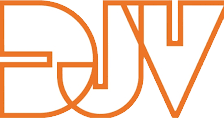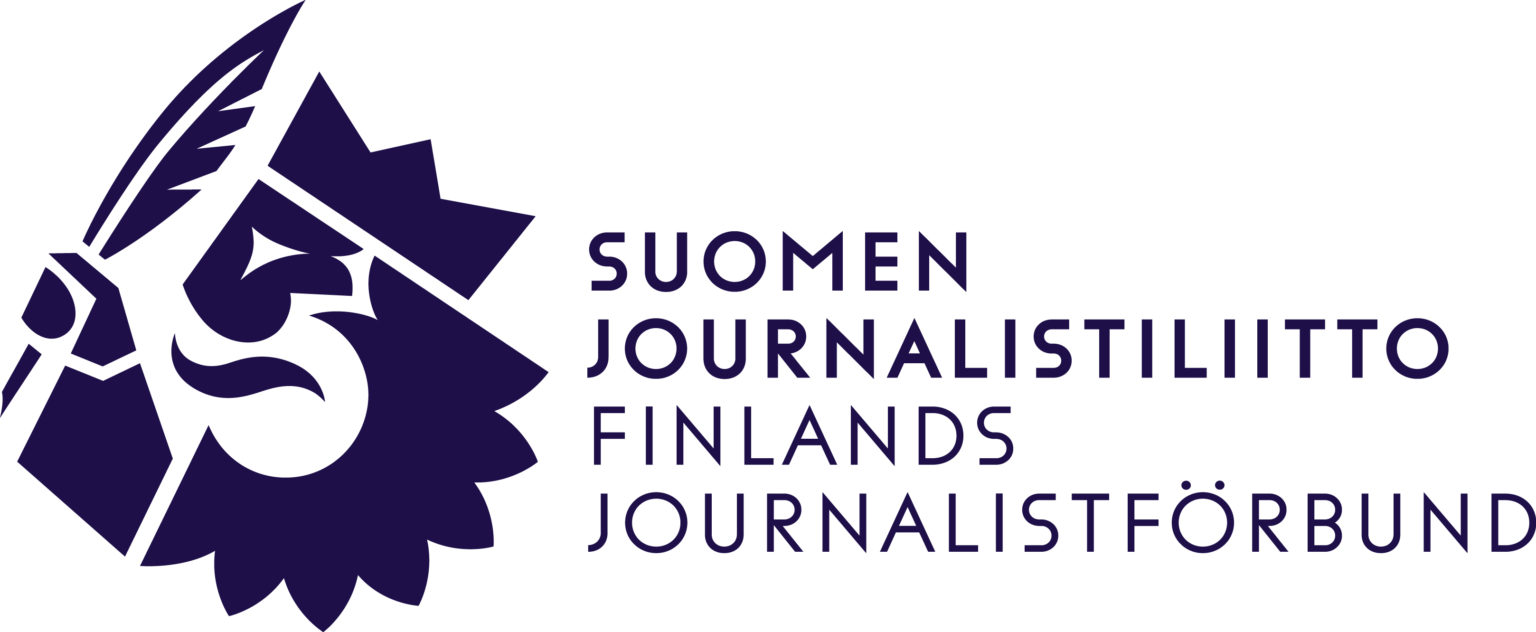On International Women’s Day, INSI board member and CEO of Swedish Radio, Cilla Benkö, writes about the significant and disproportionate pressure women journalists face from online abuse and threats.
Women journalists are subjected to hatred and threats online to a much greater extent than men and, above all, this is coming from a sexualised and threatening climate on digital platforms. If the situation does not improve, journalism and the community at large run the risk of losing important voices and perspectives. We simply cannot afford that, she writes.
The digital and social media realm that we all live in today is quite different from the one I myself came into as a young sports reporter in 1985. Back then anyone who wanted to direct hatred towards me, as one of few female sports reporters in a male-dominated world, could not do so as easily as today. The digital possibilities simply did not exist.
In recent years, the work environment for journalists has changed considerably and media companies today have to prepare and protect their co-workers in completely different ways than before. The pressure is significant and in all likelihood it especially affects those journalists who, after their education and internship, are at the very beginning of their careers.
In recent months, a number of female journalists have borne witness to being subjected to veritable storms of hatred on the internet, often as a direct result of something they reported on or covered as part of their professional roles. These have included death threats and threats of rape directed at the journalists themselves and their families. Individual incidents that are in themselves totally unacceptable, but which, when taken together, form a bigger picture that makes the situation a matter of great urgency.
In December, UNESCO and the International Centre for Journalists (ICFJ) presented a new report based on a global survey on online violence against women journalists. More than 900 journalists from 125 countries participated in the survey, including employees from Swedish Radio, and the results are hair-raising.
Seventy three percent of the women reported that they had experienced online violence in the course of their work. Twenty percent responded that, in addition to online threats, they had also been physically attacked and that these attacks could be linked to the online threats, for example by the use of similar words and phrases in these physical attacks.
At a seminar launching the report at the UNESCO World Press Freedom Conference in December, Indian journalist Rana Ayyub, Global Opinions Writer at the Washington Post, described how her face was pasted into a deep-faked porn video, which was then shared by politicians in the government party BJP and shared widely across the country. According to the ICFJ and UNESCO’s survey, the perpetrators behind the online violence in as many as 37 percent of the cases were politicians, employees of a political party, or government officials. These are extraordinarily alarming figures, especially since politicians and other official representatives in actual fact have an important task to stand up for media freedom and because a free press is absolutely crucial in a prosperous democracy.
Although there are no corresponding figures for Sweden that can be plucked from the survey, there are examples of people in power having gone way beyond the bounds of decency and having incited and directed hatred towards women journalists here as well. And in Sweden there are also fresh statistics that confirm that the situation is especially serious for women journalists in particular online. Of course, this does not mean that it is more legitimate to threaten or attack male journalists, but today on International Women's Day, I feel it is important to emphasise that in 2021, female journalists are still being attacked and harassed more frequently than their male colleagues.
In mid-December, the Swedish Defence Research Agency (FOI) presented a report on digital threats to those in exposed professions. It showed that as many as two out of three Swedish female journalists are subjected to online hatred. According to the survey, which is based on data collected from the Flashback discussion forum, female journalists are by far the group that is most frequently subjected to hatred on the Internet. And hatred directed against women also looks different. Where men are insulted on the basis of their profession and skills, women are sexually harassed and insulted on the basis of their appearance.
At Swedish Radio we also see differences in the type of hatred, threats, harassments and abusive attacks that our journalists receive. Our female journalists are generally exposed to a greater share of harassment and in particular this concerns sexual harassment and stalking. There are also signs that women are more frequently subjected to hatred campaigns that last a long time than similar campaigns to which their male colleagues are subjected.
Regardless of situation and threat level, Swedish Radio’s security department is always on hand to provide support and adapt the protective measures that might be relevant – in dialogue with employees subjected to hatred and threats and their immediate managers. It is important to remember that a journalist today cannot simply opt out of the digital and social media world – it is part and parcel of society as a whole. That is why there is also a great focus on preparatory work, on sharing knowledge that can help newer and more inexperienced journalists to set boundaries on what is acceptable and what is not.
However, the responsibility cannot rest solely with media companies and journalists themselves.
The legislation needs to be reviewed, the police force needs to be given better tools, and digital platforms need to take more responsibility for removing hatred and threats from their platforms. Threats targeting journalists as a group must also be taken more seriously. The level of measures in place and feedback have been far too little for far too long. But there are hopeful initiatives. Last year, Swedish Radio, along with some 40 other media companies, participated in a project through the International News Safety Institute (INSI) in which a number of meetings were held with Google and Facebook. The goal was to find practical solutions to the problem, and the discussions circled around the difficulties that arise in particular when victims of hatred and threats attempt to report it.
It is good that as industries we communicate with each other in an open and constructive manner. But much more needs to be done. As citizens of a society, we need to collectively take threats and hatred very seriously. Otherwise, we risk a situation where we do not even know who is opting out of the important mission of journalism to scrutinise, inform and report, even before they start – and we simply cannot afford that. Because the resulting silence is simply not heard. Cilla Benkö is the director general of Swedish Radio and an INSI board member.
Image by AFP
More on this topic: Online violence against women journalists: a global snapshot of incidence and impacts (UNESCO/ICFJ) The nature of digital threats: A study on hatred targeting women and men in vulnerable occupational groups (FOI/Swedish Defence Research Institute)


